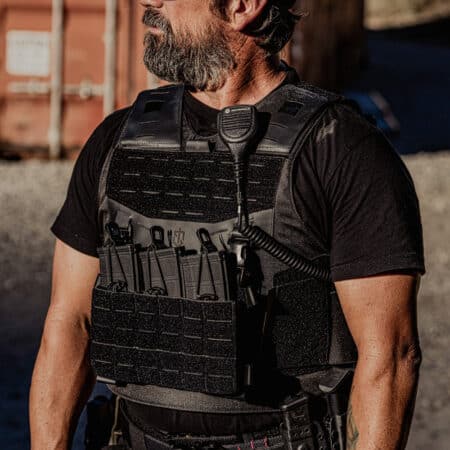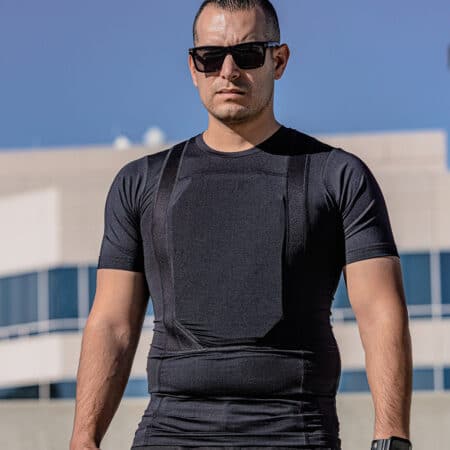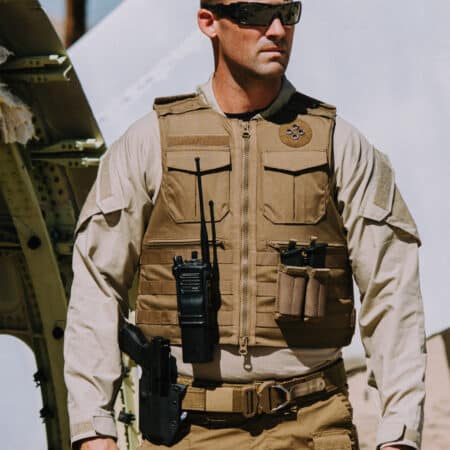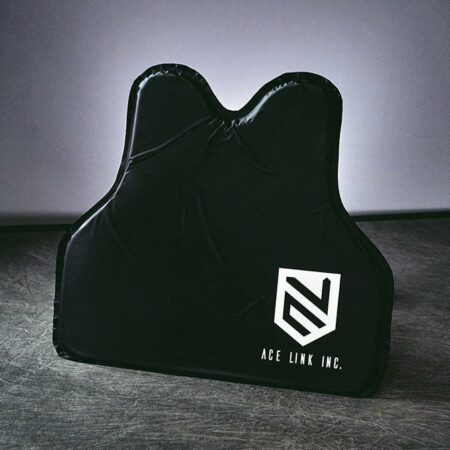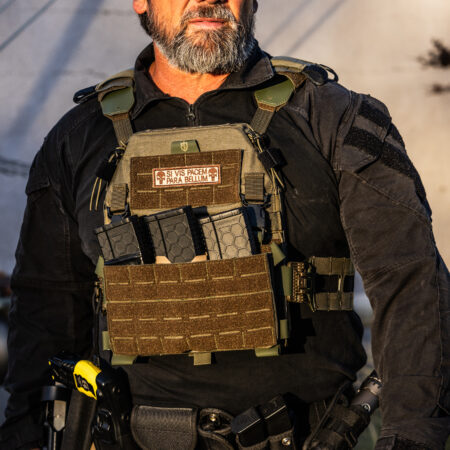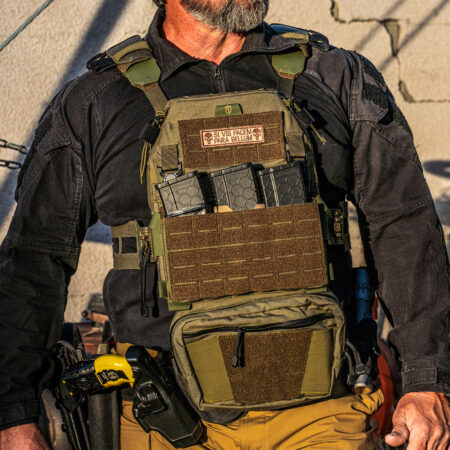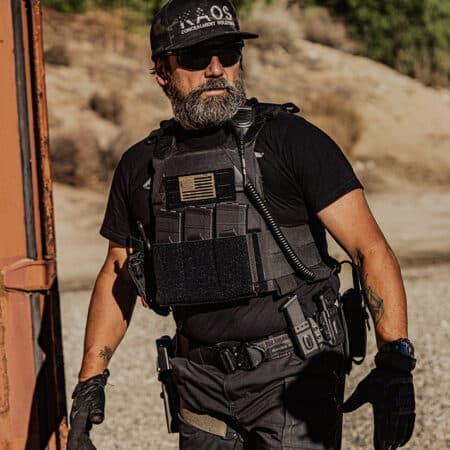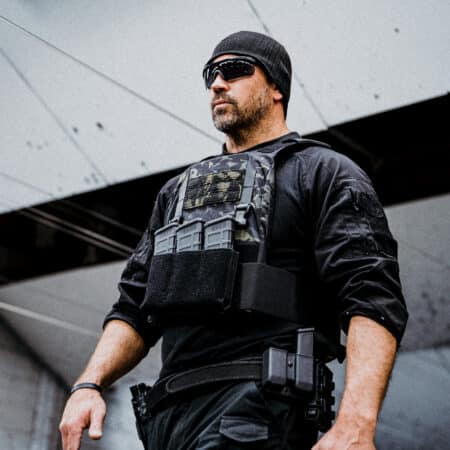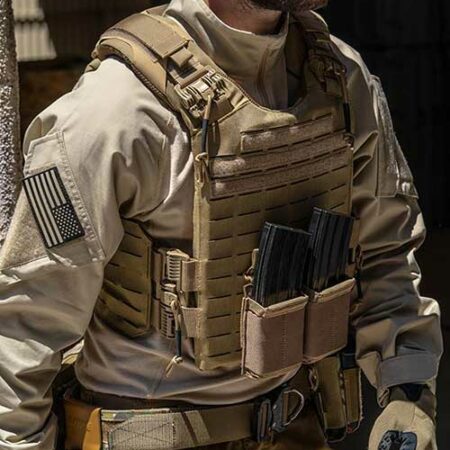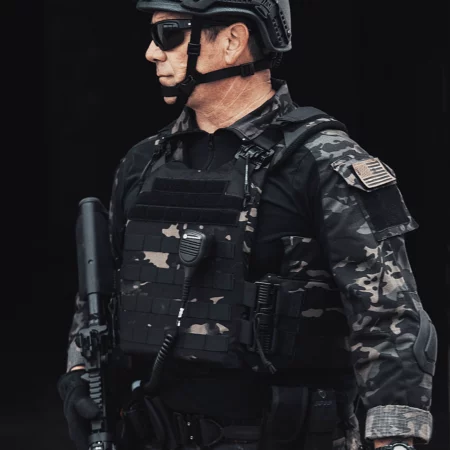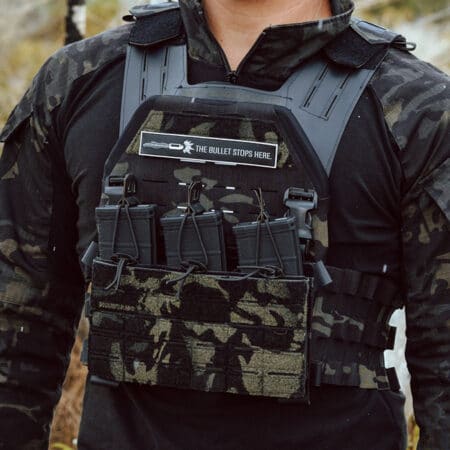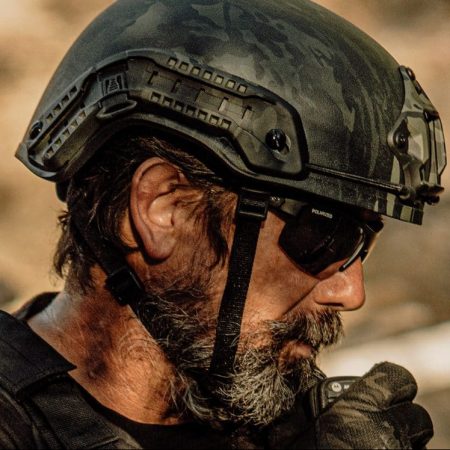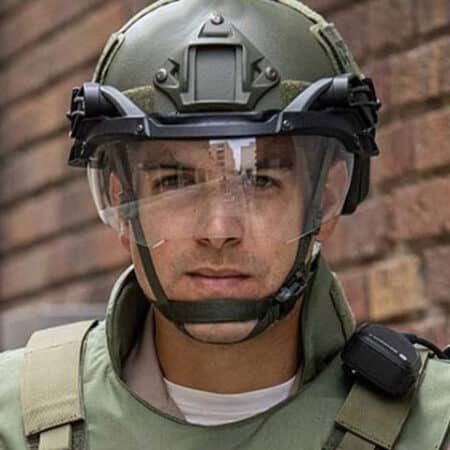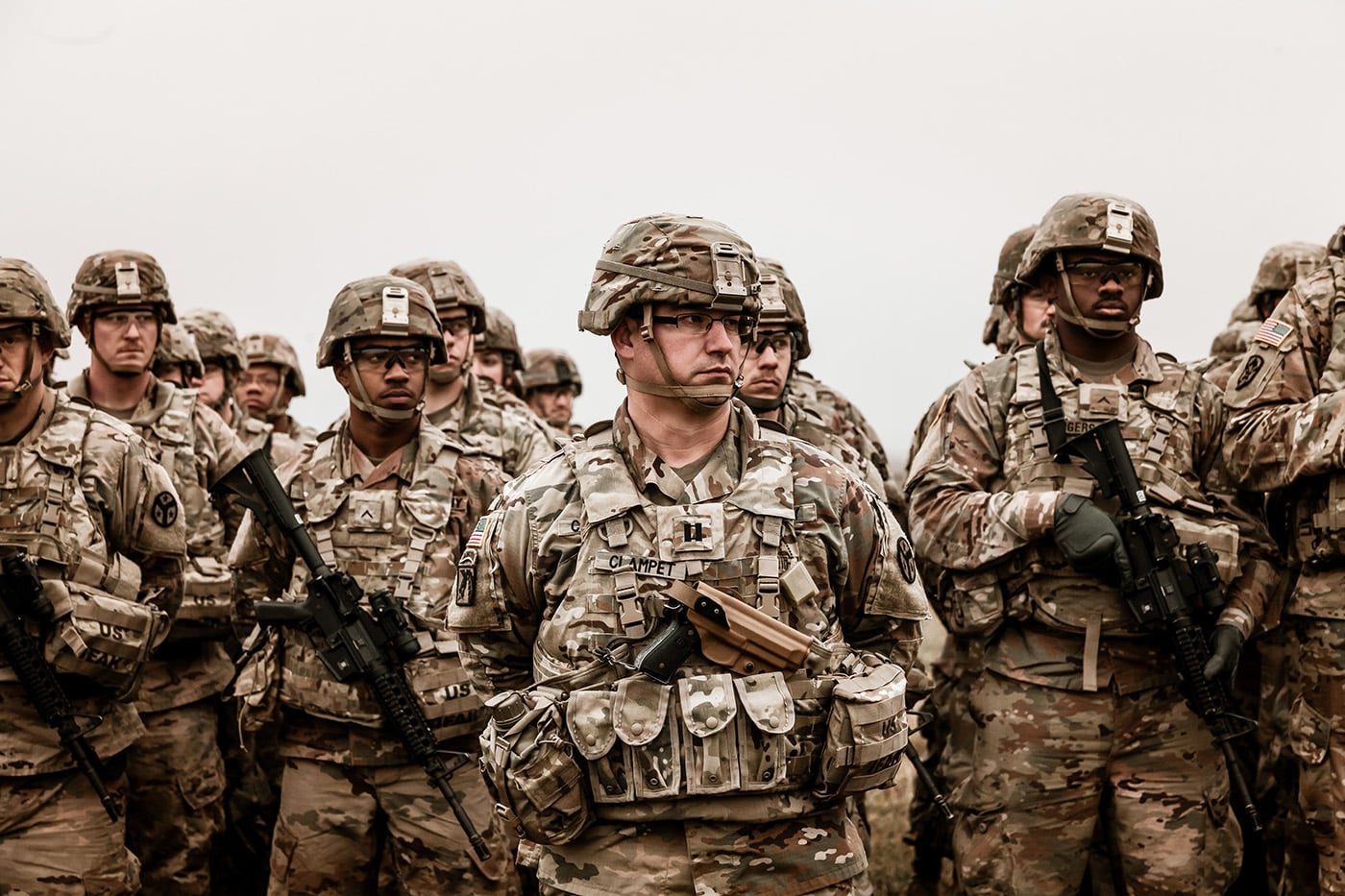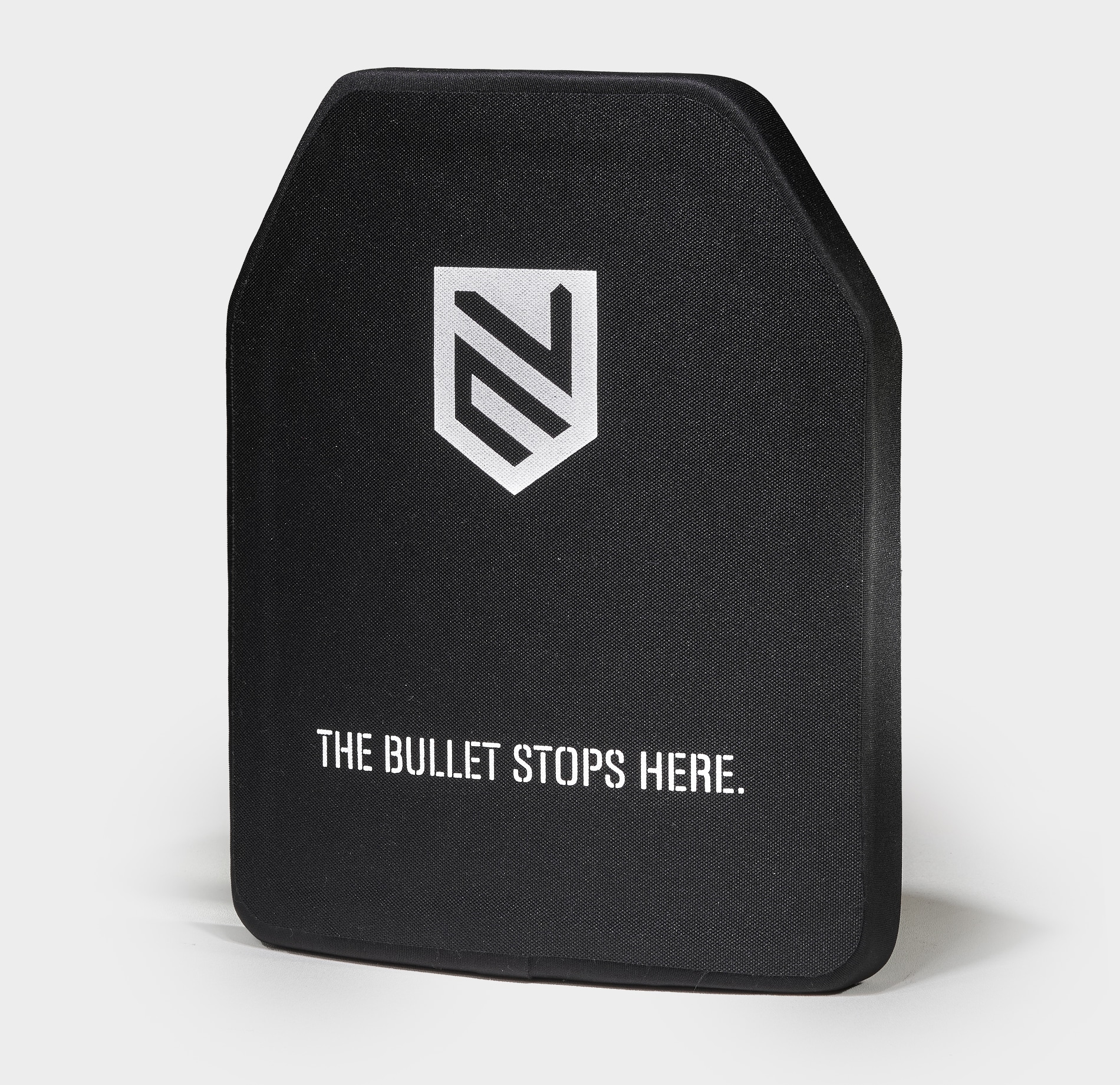Armor has been an essential part of warfare for a very long time. With the advancement of weapons, body armor has also evolved over the centuries. Modern body armor has a very important field on the modern battlefield, where it keeps soldiers safe from enemy fire, and protects them from various other ballistic threats.
Body armor protects millions of police officers and soldiers all around the world. It helps them stay safe on the battlefield and gives them the confidence, and peace of mind to focus on their objectives and be more effective in combat situations. There are various stories, and statistics that show the importance of body armor plates on the battlefield, and in this post, we are going to talk about some of them, along with the future of body armor.
The role of body armor plates in saving lives on the battlefield
Modern body armor plates can offer protection against a wide range of ballistic threats and over the years they have saved the lives of thousands of law enforcement officers, and soldiers. Most police officers in the US use bulletproof vests, with soft ballistic inserts. These bulletproof vests are great at protecting police officers against Pistol threats, however, they don’t stop rifle rounds.
Still, they are quite practical for police officers, who are significantly more likely to be shot with pistol calibers rather than rifles. The US Armed forces and special law enforcement units also use hard body armor plates, that are designed to stop rifle rounds as well. In fact, level IV plates, or ESAPI plates used by soldiers can even stop some .30 caliber armor penetrating rounds.
On the battlefield, body armor also protects soldiers and police officers from a wide range of threats other than firearms. They can protect soldiers from Srapnell, ballistic fragments from grenades, and Improvised Explosive Devices.
Though it’s difficult to find the exact details about how many lives body armor saves in the Armed Forces, statistics show that ballistic vests and plates save thousands of law enforcement officers.
In a recent study, the National Opinion Research Center, which is funded by the National Institute of Justice, analyzed data provided by the FBI, about law enforcement officers killed in action. They analyzed the data of 637 officers who were shot in the torso and came to the conclusion that officers wearing body armor were 76% less likely to be killed than those not wearing protective vests. Studies have also shown that even since Body Armor has been used by Police officers, it has saved over 3100 lives.
Real-life examples of ballistic armor plates in action
Ballistic Armor plates have saved the lives of thousands of soldiers in modern conflicts. There are several inspirational stories, where American Soldiers have faced extremely dangerous situations on the battlefield, taken direct enemy fire, and still continued to fight.
One of these stories is about Sgt. Daniel Malm of the 110th Chemical Battalion. Back in 2011, Malm was serving in Afghanistan with the 10th Mountain Division’s 425th Field Artillery, and his unit was assigned the task of pushing the Taliban back across the Arghandab River.
After making some advancements, the unit developed a temporary encampment and Sgt. Malm was showing a young private how to place claymores to secure the unit’s position from insurgents. As Sgt. Malm got up to examine the Claymore, out of nowhere, he was shot by two enemy snipers who had set up close to a nearby wall. They were using high-caliber rifles and shot Sgt. Malm, straight into the stomach.
Sgt. Malm, well to his knees as the bullet hit the ESAPI Plate. As he was slightly shocked after that, he instinctively got back up, and the enemy snipers shot him again, straight in the chest. Sgt. Malm fell to his back, because of the impact, but the plate caught the second round as well.
Another NCO from Sgt. Malms unit pulled him back, and machine gunners opened .50 Cal fire onto the snipers, who were killed. Sgt. Malm was evacuated, and though the impact of the bullet broke his rib, his armor plates prevented the bullets from penetrating his body and saved his life. Sgt. Malm was back in action on the field with his unit after a couple of months.
The future of armor plates
Though modern body armor is quite effective these days, there is still a lot of place for improvement. One of the biggest issues with body armor these days is its weight, ballistic plates tend to be quite heavy, in fact, the Standard IOTV (Improved Outer Tactical Vest) armor system used by the US Armed Forces can weigh up to 31 pounds with the neck protector, shoulder pads, ESAPI plates, and ESBI side armor inserts.
This already causes a lot of back problems for soldiers, in fact, 35% of soldiers report having musculoskeletal injuries after using body armor for too long.
So, solving the weight issue will allow soldiers to use the existing armor technologies more effectively, and wear even more protective body armor. Several programs have been started by the US Armed Forces to solve this problem, the most prominent of which was perhaps the TALOS program.
TALOS stands for Tactical Assault Light Operator Suit. This Suit was envisioned to have exoskeletons, which could support the weight of a soldier’s body armor setup, and ballistic plates. This ultra-advanced protective armor ensemble was designed not only to provide special forces units safety from bullets but to also help them move faster and longer. However, the program was ultimately canceled in 2019.
Lockheed Martin also developed the Human Universal Load Carrier, which was one of the most advanced Exoskeleton prototypes, and Rostech, A Russian weapons manufacturer, also developed an advanced exoskeleton system for the Russian RATNIK program. However, all of these programs have not produced any practical results yet. Still, the advancements made with these programs could very well result in full-body armor systems in the future.
For now, one of the most practical advancements in body armor that are actually being issued to the US military is the new Ballistic Combat T-Shirt. This lightweight T-Shirt stops most pistol Calibers and Shrapnel, and it offers excellent protection to the soldiers’ shoulders and abdomen. This allows soldiers to leave the heavy shoulder pads, neck armor, and other external armor attachments of the IOTV system behind, and have a much more mobile and light armor system.
The improvements in soft body armor and the further development of UHMWPE Armor plates can result in very light body armor plates in the near future. Armor made from these high-quality lightweight materials seems to be much more practical for now, and it can be made for a much more affordable price than Exoskeletons.
Conclusion:
So, in conclusion, Body Armor and Ballistic Plates play an essential role on the battlefield and are integral to the success and effectiveness of police officers and soldiers all over the world. However, it is unfortunate that even today, many police units, and even soldiers don’t use body armor. Some police officers don’t get body armor because of budget restrictions, and some just show carelessness and don’t wear their vests since they can be heavy, and affect their comfort.
Though Ballistic plates are standard issues for Soldiers in the US Military, some soldiers may leave their plates behind since they can be uncomfortable, however, that is quite rare in combat situations. There are also several militaries around the world that don’t issue body armor to their soldiers. Sooner or later, they will have to do so to keep up with the world and protect their soldiers on the battlefield.




